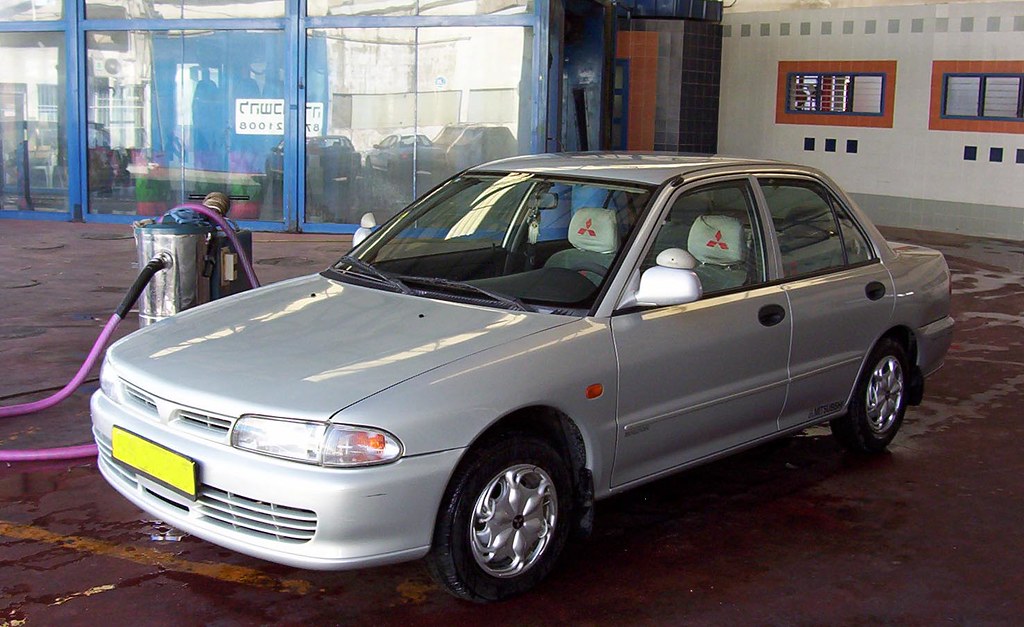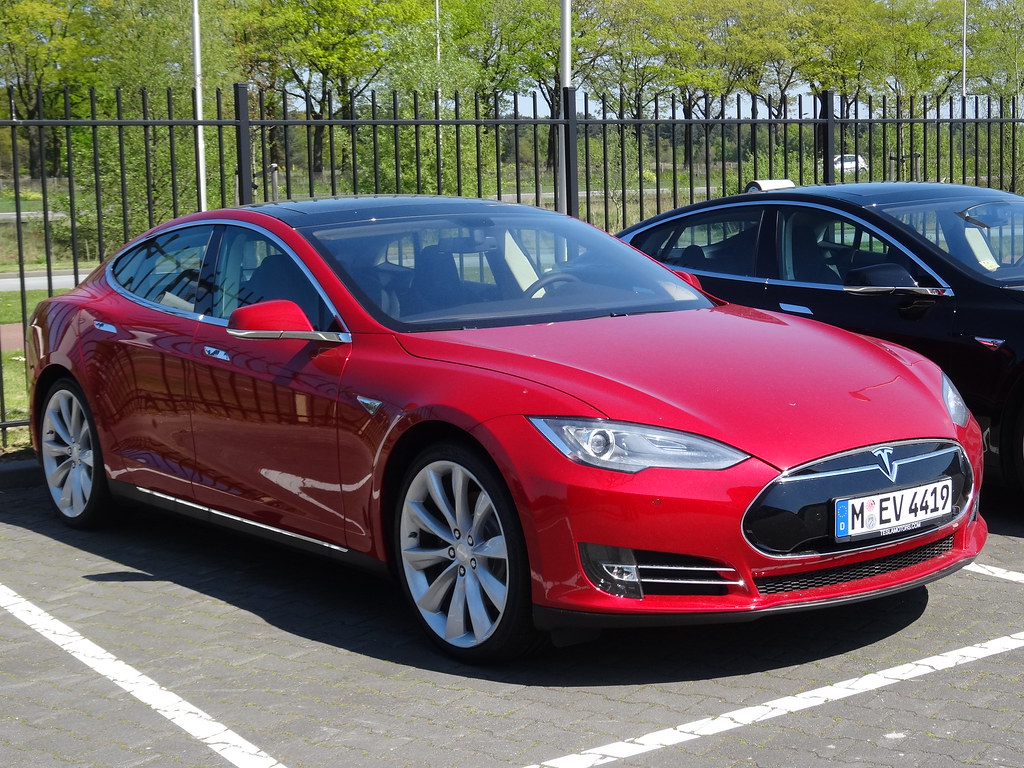
In today’s world, our vehicles are far more than just mechanical marvels; they are, in essence, sophisticated computers on wheels. Packed with over 100 million lines of code—a staggering figure that surpasses even the complexity of a fighter jet—modern cars constantly sense, assess, adapt, and communicate. This digital prowess promises enhanced safety, unparalleled comfort, seamless connectivity, and even the dawn of autonomy. However, this bold leap into innovation comes with its own set of challenges, as persistent software failures lurk beneath the surface of this technological marvel. These aren’t just minor annoyances; they are significant hurdles that impact everything from your infotainment system to crucial safety features.
Indeed, software-related glitches have become a substantial concern for automakers and drivers alike. According to McKinsey estimates, these issues now account for up to half of all automotive recalls, signifying a quiet but impactful crisis within the industry. These problems erode consumer trust, pose potential safety hazards, and lead to considerable financial consequences for manufacturers. Despite world-class investments and dedicated engineering efforts, even giants like Tesla, Toyota, and Ford have experienced high-profile software failures, demonstrating just how profoundly firmware and digital complexity can disrupt even the most meticulously laid plans.
Understanding why these failures are so prevalent in modern automotive software is key to appreciating the intricacies beneath your vehicle’s sleek exterior. It’s not just about a simple bug; often, the root causes are deeply embedded within the development processes and organizational structures of the auto industry. In this in-depth exploration, we’ll uncover some of the most critical issues that slow progress and often lead to frustratingly unreliable software performance and update failures in your car.

1. **Siloed Development Between Hardware and Software Teams**One of the most significant, yet often invisible, challenges in automotive development stems from the entrenched separation between hardware and software engineering teams. In many traditional automotive organizations, the development lifecycle for embedded hardware and its accompanying low-level software, known as firmware, is locked down remarkably early in the process. This rigid scheduling is typically done to accommodate stringent production deadlines and navigate complex global supply chain logistics, ensuring that physical components are ready when needed.
However, while the hardware and firmware are being finalized, the ‘brains’ of the car—the higher-level application software that handles user interfaces, advanced features, and complex computations—continues to evolve and undergo iterative development. This fundamental misalignment frequently creates scenarios where essential firmware is frozen in its design long before all the necessary application features are fully developed and refined. The inevitable consequence is late-stage integration, a challenging and often chaotic process that becomes a breeding ground for bugs, sudden system crashes, and the urgent need for extensive rework. These operational silos, in short, make seamless system integration, which is absolutely critical for a modern vehicle, frustratingly elusive.
The real-world impact of such development silos was starkly illustrated by Ford’s 2022 Mustang Mach-E recall. This significant recall stemmed directly from power control module failures that were traced back to software being layered onto pre-frozen firmware. This integration problem, deeply rooted in the segregated development processes between hardware and software teams, ultimately forced a large-scale and immensely costly recall for the automaker, highlighting how fundamental organizational issues can lead to tangible, expensive problems for consumers.
Read more about: The Future Is Code: 14 Transformative Automotive Apps Set to Dominate the Next Decade

2. **Fragmented Supplier Ecosystem**Automotive manufacturing is universally recognized as one of the world’s most intricate supply chain puzzles. It’s a landscape where Original Equipment Manufacturers (OEMs) rarely develop all vehicle software in-house. Instead, they skillfully orchestrate a vast, global network of Tier 1 and Tier 2 suppliers, along with numerous software development partners. This expansive ecosystem is tasked with delivering everything from advanced driver-assistance systems (ADAS) to climate control modules and complex infotainment systems, each piece a vital cog in the vehicle’s digital architecture.
Compounding this complexity is the fact that each of these numerous suppliers typically operates with its own distinct development tools, methodologies, and engineering standards. Without exceptionally effective collaboration mechanisms and robust interface management protocols in place, the end result is often a disparate patchwork of software modules. These components, while perhaps fully functional in isolation, often resist easy and harmonious integration into the broader vehicle system. The headaches and inefficiencies born from such an inherited, fragmented ecosystem tend to proliferate with every additional supplier involved, frequently leading to projects that dramatically overrun both their allocated budgets and critical development timelines.
A prime example of this challenge manifested in Volkswagen’s ID.3 project. The launch of this eagerly anticipated electric vehicle suffered a substantial six-month delay, a setback directly attributed to software integration woes. While the software components sourced from more than ten different suppliers were individually functional, they demanded intensive, post-hoc integration work. This extensive effort was necessary before the disparate modules could coalesce into a cohesive, vehicle-ready system, delaying its market entry and underscoring the severe implications of a fragmented supplier network on modern automotive software development.
Read more about: Behind the Dealership: Unpacking the Strategic Choices of 8 Auto Giants Navigating a Global Market in Flux
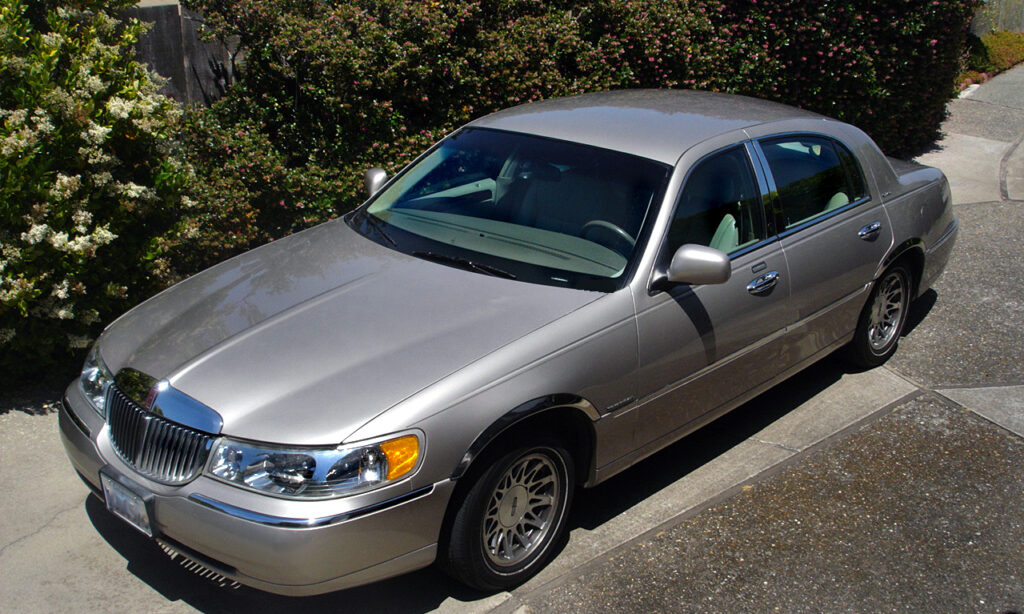
3. **Inadequate Testing for Real-World Complexity**The automotive industry heavily relies on sophisticated simulation frameworks like Hardware-in-the-Loop (HIL) and Software-in-the-Loop (SIL) to rigorously test vehicle systems. These lab test benches are indispensable tools for validating designs and catching bugs in controlled environments. However, a critical limitation persists: even the most advanced lab setups can never fully replicate the sheer unpredictability and complexity of real-world driving scenarios. The operational conditions on the open road are infinitely varied, far exceeding what can be simulated under laboratory conditions.
Consider the range of variables: extreme temperature fluctuations, erratic and unexpected sensor failures, highly rare user sequences that are difficult to anticipate, and non-traditional driver behaviors. Standardized lab scenarios, by their very nature, often miss the subtle, elusive bugs that only reveal themselves in field conditions when subjected to unusual combinations of inputs or unforeseen environmental stresses. This significant gap between laboratory testing and real-world reality means that software flaws, sometimes critical ones, may only surface after the vehicle has been delivered into the hands of unsuspecting customers, leading to unexpected performance issues and safety concerns.
This exact predicament led to a recall by Honda, affecting 2019–2022 Accord and Insight models. Owners of these vehicles experienced sporadic dashboard blackouts, a disconcerting issue that impacted functionality and driver confidence. The underlying software bug responsible for these blackouts proved incredibly difficult to detect during development because it only revealed itself under very rare startup conditions. These specific, unusual scenarios were regrettably overlooked or simply could not be adequately replicated during the extensive laboratory testing phases, highlighting the profound challenge of fully anticipating and testing for every real-world possibility.
Read more about: Navigating the Crossroads: Unpacking Diesel’s Evolving Role in an Electric Vehicle Future – An In-depth Look at Innovation and Challenges

4. **Inflexible Update Mechanisms and Cybersecurity Debt**In our rapidly evolving age of smart, connected vehicles, the ability to deliver timely and secure software updates is no longer a luxury but an absolute necessity. Yet, a surprising number of manufacturers still grapple with the challenge of implementing robust over-the-air (OTA) update infrastructure. This deficiency often means that vehicle owners are compelled to schedule inconvenient dealership visits simply to receive basic software updates, a stark contrast to the seamless updates we expect from our smartphones or laptops. These delays are more than just an inconvenience; they carry significant risks.
These protracted delays in deploying updates create what experts refer to as “cybersecurity debt”—a growing accumulation of unpatched vulnerabilities and missing runtime protections that accrue throughout a vehicle’s operational lifespan. Each unaddressed vulnerability is an open door for potential exploits. Furthermore, if updates are poorly validated before release or if there are no reliable rollback mechanisms in place, an update itself can inadvertently propagate errors throughout the vehicle’s systems. This not only diminishes crucial customer trust but can also have serious safety implications, turning a supposed improvement into a new problem.
The critical real-world threat posed by inflexible update mechanisms was dramatically exposed in the infamous 2015 Jeep Cherokee hack. In this incident, a vulnerability allowed attackers to remotely control critical functions of the vehicle, demonstrating the severe danger of unaddressed software weaknesses. Fiat Chrysler was subsequently forced to recall a staggering 1.4 million vehicles, not because a fix wasn’t available, but precisely because the essential OTA fixes were not readily available to deploy wirelessly. This event served as a powerful, urgent wake-up call, underscoring the vital importance of having agile and secure update capabilities.
5. **Over-Reliance on Legacy Hardware Architectures**For decades, traditional automakers designed their vehicles with an expectation that the embedded software would remain largely unchanged throughout a vehicle’s typical 20-year lifespan. This philosophy dictated hardware choices, often favoring chipsets that were robust and reliable for their initial, simpler applications. However, the automotive landscape has undergone a radical transformation. Since 2021 alone, the complexity of vehicle software platforms has surged by an estimated 40 percent annually, according to McKinsey. This exponential growth in software demands has quickly outpaced the capabilities of older hardware designs.
As modern vehicles become digital powerhouses, processing vast amounts of data for navigation, infotainment, safety systems, and more, the older, legacy chipsets designed for less demanding applications begin to falter. They become easily overwhelmed by the complex multimedia demands and the sheer volume of processing required by today’s sophisticated software. The result is often a noticeable and frustrating infotainment lag, sluggish responses, and overall degraded user experience. This not only frustrates customers but also creates headaches for service personnel who struggle to diagnose and resolve these performance bottlenecks, which are fundamentally hardware-bound.
A clear illustration of this issue was observed in Toyota’s 2019–2020 Camry models. These vehicles suffered from severe infotainment lag, a problem directly attributable to their reliance on chipsets that were simply not powerful enough to handle the increasingly complex multimedia demands placed upon them. What might have been adequate for simpler tasks years ago was now a significant bottleneck, leading to a sluggish system that frustrated customers and service personnel alike. This case perfectly exemplifies how an over-reliance on hardware architectures designed for a bygone era can significantly hinder modern software performance and update capabilities.
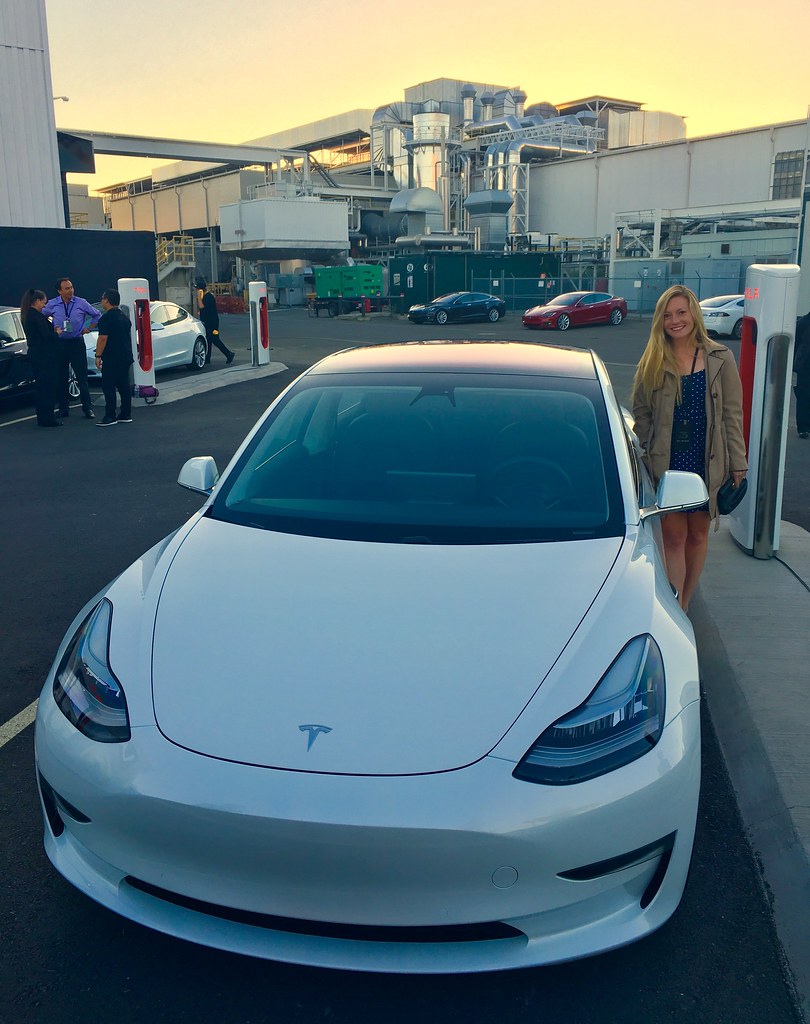
6. **Unrealistic Timelines and Product Launch Pressures**The automotive industry is currently locked in an intense global race for innovation, fiercely driven by the rapid advancements in electric vehicles (EVs) and autonomous driving technology. This competitive environment often exerts immense pressure on development teams, leading to a common and critical problem: software development is frequently squeezed into aggressive, hardware-driven launch schedules. The traditional model, where hardware dictated timelines, leaves little room for the iterative and complex nature of modern software engineering.
Under such intense pressure to meet deadlines, crucial steps in the software development lifecycle are sometimes compromised. Proper, thorough testing and full adherence to evolving, rigorous standards—such as AUTOSAR for software architecture, ISO 26262 for functional safety, and ASPICE for process improvement—are occasionally sacrificed or treated as mere afterthoughts. This prioritization of speed over diligence inevitably results in fragile, unstable, or delayed software releases. In essence, the relentless pressure to be the first to market too often overrides the fundamental need to ensure that the software is robust, reliable, and fundamentally ‘right’ from the outset.
The challenges posed by unrealistic timelines were prominently seen with the Lucid Motors’ Air sedan. Despite the physical manufacturing of the vehicle commencing, the core software features were incomplete or unstable, leading to significant delays even after production had begun. This issue, which could have been largely avoided with more realistic development timelines and a disciplined, integrated approach to software development, underscored how ambitious launch schedules, without adequate time for software maturation and testing, can derail even the most promising automotive innovations.
Read more about: Beyond the Pixels: An In-Depth Look at the Grueling Hours and Enduring Stress Shaping Game Development Today

7. **Acute Talent Shortage in Embedded Automotive Software**Building robust, real-time automotive software is a highly specialized discipline, profoundly different from the more generalized fields of crafting mobile applications, desktop software, or websites. It demands an incredibly deep and nuanced understanding of embedded systems, stringent functional safety standards, complex vehicle communication protocols, and the intricacies of deterministic real-time operation. These are not skills typically acquired in general computer science programs; they require years of dedicated experience and focused expertise within the automotive domain.
Unfortunately, the global pool of engineers possessing such a rare and specific blend of expertise is relatively small, and their skills are in exceptionally high demand across various industries. Without a sufficient number of these highly skilled staff members, the quality of software development inevitably suffers, and project timelines are prone to significant slippage. The complexity of modern vehicle systems, coupled with the increasing reliance on software for critical functions, exacerbates this talent gap, making it a persistent bottleneck for innovation and reliability within the industry.
This acute talent shortage directly contributed to Nissan’s delays with its ProPilot 2.0 advanced driver-assistance system. The issues were ultimately traced back to a critical lack of engineers who were truly fluent in both ADAS technologies and the complex requirements of functional safety. This specific deficiency in human capital reflected a broader, industry-wide shortage in critical embedded software talent. The case highlights that even with ample resources, the absence of specialized expertise can significantly impede the development and deployment of cutting-edge automotive software features, affecting the reliability and pace of updates.

8. **Inconsistent Compliance with Functional Safety Standards**Beyond the foundational issues of development and talent, a significant systemic vulnerability in vehicle software often lies in inconsistent adherence to vital safety protocols. Safety frameworks like ISO 26262 and ASPICE are not mere suggestions; they are meticulously designed to guarantee that automotive software performs reliably and predictably, even under highly unusual or failure scenarios. These standards provide a critical blueprint for robust design, rigorous testing, and continuous validation, aiming to prevent catastrophic outcomes.
However, strict compliance with these rigorous standards can sometimes be inconsistent across the industry. This might be due to various factors, including resource constraints, intense pressure to accelerate development, or simply a lack of pervasive organizational commitment to these critical guidelines. The unfortunate consequence of such inconsistencies is the creation of software batches that may appear to function perfectly under ideal conditions but are prone to catastrophic failure when subjected to real-world stresses, unusual inputs, or unexpected environmental factors.
Such failures pose grave safety threats, directly endangering occupants and other road users, and inevitably lead to immensely costly recalls for manufacturers. The real-world impact was tragically illustrated by Hyundai’s 2020 recall of the Kona Electric, which followed multiple battery fires. Investigations revealed that the root cause was buggy battery management system (BMS) software, where a lack of rigorous safety compliance during its development was directly implicated in these dangerous and unsettling failures.
Read more about: Beyond ‘Discontinued’: Mastering the Art of Resurrecting Classic Car Engines in a World of Vanishing Parts
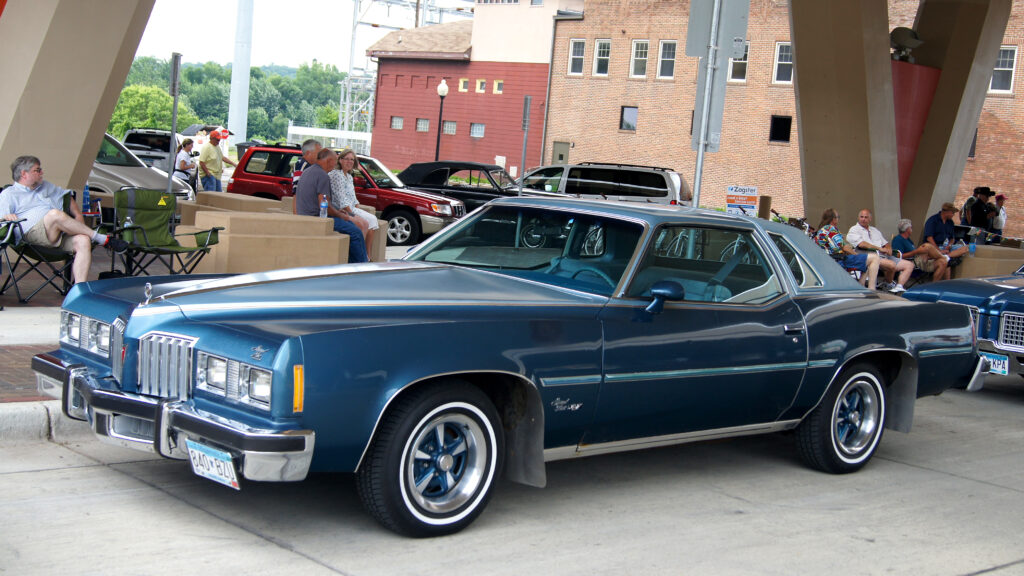
9. **Diagnostic Data Management and Telemetry Infrastructure**In the complex digital ecosystem of a modern vehicle, the ability to effectively debug, maintain, and continuously improve software hinges entirely on access to rich, real-time data about vehicle performance in the field. Without this crucial diagnostic data and robust telemetry infrastructure, automakers operate largely in the dark, unable to swiftly identify the root causes of issues, understand their true scope, or proactively implement solutions before they escalate into widespread problems.
Unfortunately, many existing automotive systems still lack the deep diagnostic hooks and sophisticated telemetry capabilities that are essential for rapid root cause analysis and efficient remote issue resolution. This limitation severely hampers an automaker’s ability to monitor vehicles once they leave the factory floor, making it difficult to detect emerging bugs, predict potential failures, or assess the effectiveness of previously deployed software updates.
This gap in data management means that rather than receiving proactive, targeted remote fixes, customers often face the inconvenience and frustration of dealership visits for issues that could potentially be resolved wirelessly. The stark contrast in capability is often highlighted by Tesla, which “quickly identified and remotely fixed a seatbelt alert bug by leveraging real-time telemetry and OTA updates.” For most legacy OEMs, achieving similar swift diagnoses and fixes frequently necessitates drawn-out dealer visits and manual interventions, underscoring the vital importance of advanced diagnostic infrastructure.
Read more about: The Future Is Code: 14 Transformative Automotive Apps Set to Dominate the Next Decade

10. **Weak Software-First Culture Across Organizations**Perhaps the most fundamental barrier to robust automotive software lies not in technology, but in culture. Many traditional Original Equipment Manufacturers (OEMs) still fundamentally treat software as an appendage—a bolt-on component—rather than recognizing it as the engineering backbone of modern vehicles. This deeply entrenched mindset prevents the necessary executive prioritization and sustained investment required to elevate software development to its rightful, central position within the organization.
When a “software-first” culture is absent, software teams are frequently under-resourced, undervalued, and consequently, digital innovation lags significantly behind. This cultural gap inhibits progress across the entire development lifecycle, hampers the overall quality of software, and stifles the creativity and agile problem-solving capabilities needed to address the rapidly evolving challenges of the automotive industry. It’s a philosophical hurdle that impacts everything from recruitment to product strategy.
Evidence of this cultural shift—or lack thereof—is becoming increasingly clear. For instance, “Renault-Nissan’s early electric vehicle programs suffered from internal software immaturity and a lack of focus.” It was only with the 2023 spin-off of Ampere—a purpose-built, software-first business unit—that they began to intentionally close the substantial gap with more software-savvy competitors, demonstrating how a deliberate organizational and cultural pivot is essential for sustained digital leadership.
Having explored these deeply rooted, systemic issues that compromise automotive software quality, we now pivot our attention to the more immediate and common culprits that directly cause over-the-air (OTA) updates to fail once they are initiated in your vehicle. These are often the ‘last mile’ challenges that prevent a successful software delivery, even when the underlying code itself is sound.

11. **Connectivity Issues**In our increasingly interconnected world, reliable connectivity is absolutely paramount for the seamless operation of modern vehicles, particularly when it comes to delivering essential over-the-air (OTA) software updates. These updates, whether small patches or major firmware overhauls, rely entirely on a stable internet connection to download new files from the manufacturer’s cloud to your car. Without it, the update process simply cannot proceed.
Many drivers frequently experience a range of connectivity challenges that can directly impede OTA updates. This includes common nuisances like Bluetooth stopping the connection between a phone and the infotainment system, preventing access to music or hands-free functions. Furthermore, issues such as being unable to unpair devices or stopping automatic phone connections can signal deeper underlying software or module malfunctions that impact the vehicle’s broader communication capabilities.
Even dedicated in-car Wi-Fi connections, often used for updates and internet services, are not immune to software glitches or module malfunctions, as described in the context as a “very common” problem. A weak or dropped cellular or Wi-Fi connection during the critical download phase can easily interrupt the flow of update files, leading to an incomplete or corrupted package and, ultimately, a failed update. This is a primary reason why an update might stall or abort, leaving your vehicle in an “inhibited” state.
Read more about: Your Comprehensive Guide to Installing a Home EV Charging Station: Costs, Process, and Expert Advice

12. **Power Loss or Weak Battery**Imagine your vehicle as a highly sophisticated computer; just like your laptop or smartphone, it requires a consistent and sufficient power supply to perform critical operations, especially during a software update. Over-the-air (OTA) update installations are particularly sensitive to power fluctuations and require a healthy, charged 12V battery to complete successfully. Any interruption or insufficient power during this process can lead to immediate failure and potential complications.
A weak or dying 12V battery is a surprisingly common culprit behind failed OTA updates. If the battery lacks the necessary charge or experiences a sudden drop in voltage during the installation sequence, the vehicle’s onboard systems may abort the update as a failsafe measure to prevent data corruption or damage to critical electronic control modules. This is why manufacturers often recommend ensuring your vehicle’s battery is in good health before initiating any major update.
The context emphasizes the critical role of the 12V battery, stating that it “needs to be in good condition with a strong charge in order to properly reset the vehicle.” If your battery is aging or struggles to hold a charge, it significantly increases the risk of an update failure. A sudden power loss can render your vehicle “inhibited,” meaning it cannot be driven until the failed update is reset, underscoring the practical implications of a seemingly simple power issue.
Read more about: Wheels of Misfortune: 14 SUVs Buyers Wish They Had Walked Away From Before the Test Drive

13. **Lack of Storage Space**Modern automotive software updates can vary dramatically in size, from small patches that are just a few megabytes to significant software version upgrades that can span several gigabytes. Just as with any digital device, your vehicle requires sufficient onboard storage capacity to download, stage, and process these update files before they can be successfully installed. If there isn’t enough free space, the download simply won’t initiate or will fail midway through.
Many vehicles, particularly those built on older hardware architectures, may have limited storage capacity allocated for these kinds of system updates. While the vehicle’s operating system might fit into a certain amount of space, the crucial factor is the *latent* storage left available for future updates and expansions. When this capacity is insufficient, it becomes a significant bottleneck, preventing the delivery of new features, bug fixes, and security enhancements.
This issue underscores the forward-thinking design of digital-native automakers. For example, “Lucid’s Gravity electric SUV… is equipped with the latest Nvidia Orin-X processor, with 512 GB of onboard storage, yet the vehicle’s OS fits on just 100 GB, leaving oodles of room for later OTA refreshes.” This ample latent storage is a clear differentiator, highlighting how sufficient capacity is essential to avoid update failures caused by memory constraints and ensure a future-proof platform.
Read more about: Drove it Regretted it: 12 Compact Models That Made Owners Question Their Judgment on the First Commute.

14. **Incompatible Updates**While automakers strive for seamless updates, there are rare instances where a pushed over-the-air (OTA) update can be incompatible with a vehicle’s current software or firmware version. This scenario typically arises from an oversight in the update’s validation process, where the new software isn’t perfectly harmonized with every possible variant or configuration of existing vehicle systems, leading to a mismatch that prevents successful installation.
When an incompatible update is delivered, the vehicle’s system will detect this conflict during the verification or installation phase, leading to an immediate failure. This is a critical safety measure, as installing incompatible software could potentially brick the vehicle or introduce dangerous malfunctions. However, the outcome for the driver is still a failed update and potentially an “inhibited” vehicle that cannot be driven.
This highlights the immense responsibility of automakers to rigorously test and validate every update across a broad spectrum of vehicle configurations and existing software versions. Any oversight can lead to frustrating customer experiences and costly recalls. While thankfully “incompatible updates” are rare, their potential to halt vehicle operation entirely makes them a significant, albeit infrequent, cause of OTA update failures.
**Conclusion: Building Resilient Automotive Software for the Road Ahead**
The journey through the complexities of automotive software development reveals a landscape where innovation is both boundless and fraught with challenges. From deeply embedded organizational issues like siloed teams and cultural predispositions to immediate hurdles like connectivity and storage, the reasons why car software updates fail are multifaceted and interconnected. It’s a testament to the sheer computational power within our vehicles that these systems often work as well as they do.
As vehicles become increasingly defined by their software—evolving from mere machines into sophisticated digital platforms—the stakes for getting software right have never been higher. Failures in this domain are not just minor bugs; they represent potential safety hazards, erode consumer trust, and carry significant financial and reputational consequences for manufacturers. The ability to deliver continuous, reliable, and secure over-the-air updates is no longer a luxury but a fundamental necessity, crucial for maintaining vehicle performance, enhancing security, and extending the lifespan of our cars.
Read more about: Steadfast Monarchy: Prince William Steps Up as King Charles Navigates Health Challenges
Addressing these intricate challenges demands more than just technical tweaks or marginal process improvements. It requires a profound rethinking of how organizations build, test, and deliver automotive code. This includes fostering better alignment between hardware and software, establishing robust update and telemetry infrastructures, making substantial investments in top-tier embedded software talent, and, most fundamentally, cultivating a pervasive “software-first” culture across every facet of vehicle development. Only by embracing this holistic transformation can automakers truly deliver the resilient, safe, and innovative vehicles that the modern road demands and that drivers expect, mile after digital mile.

